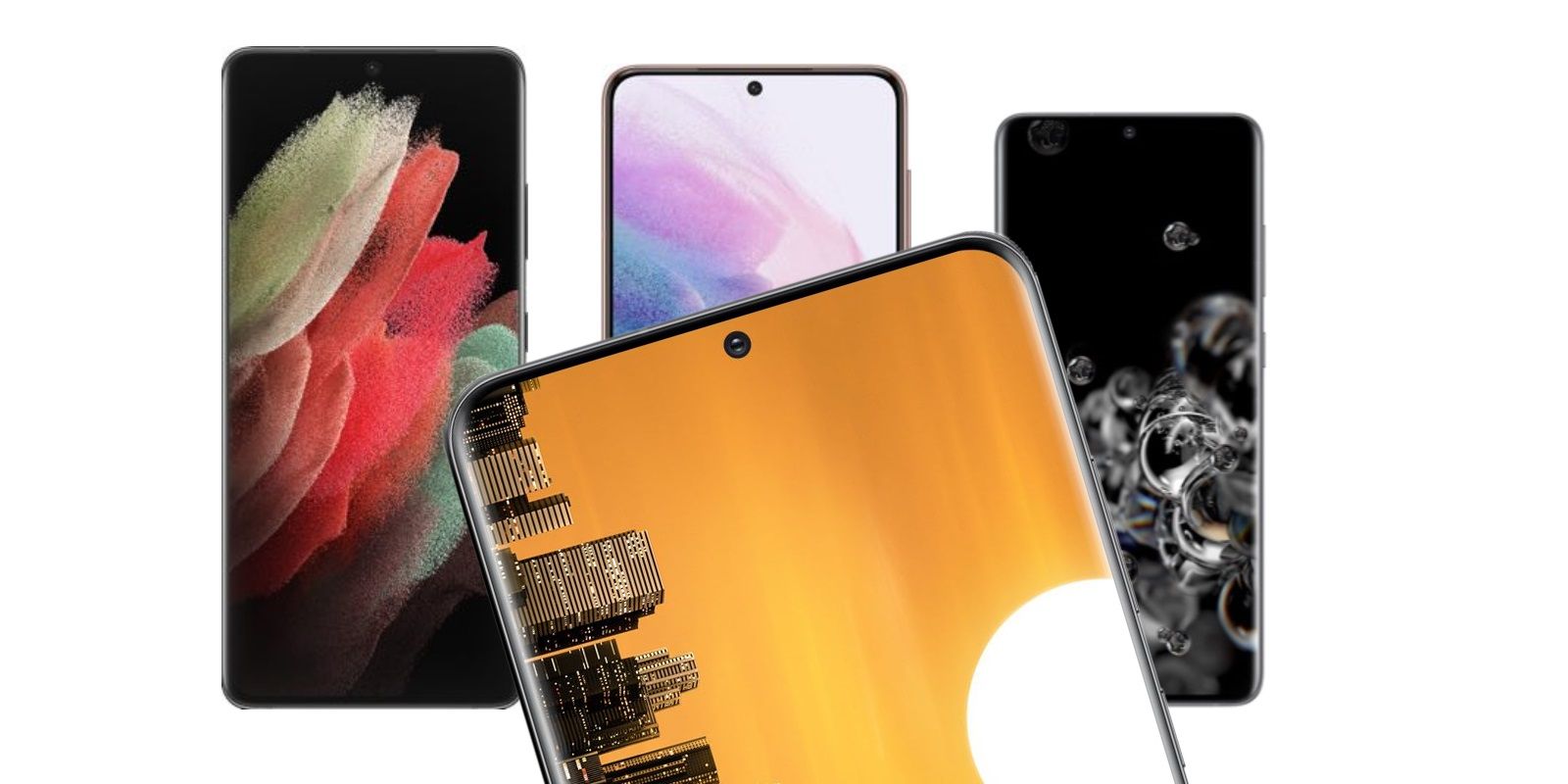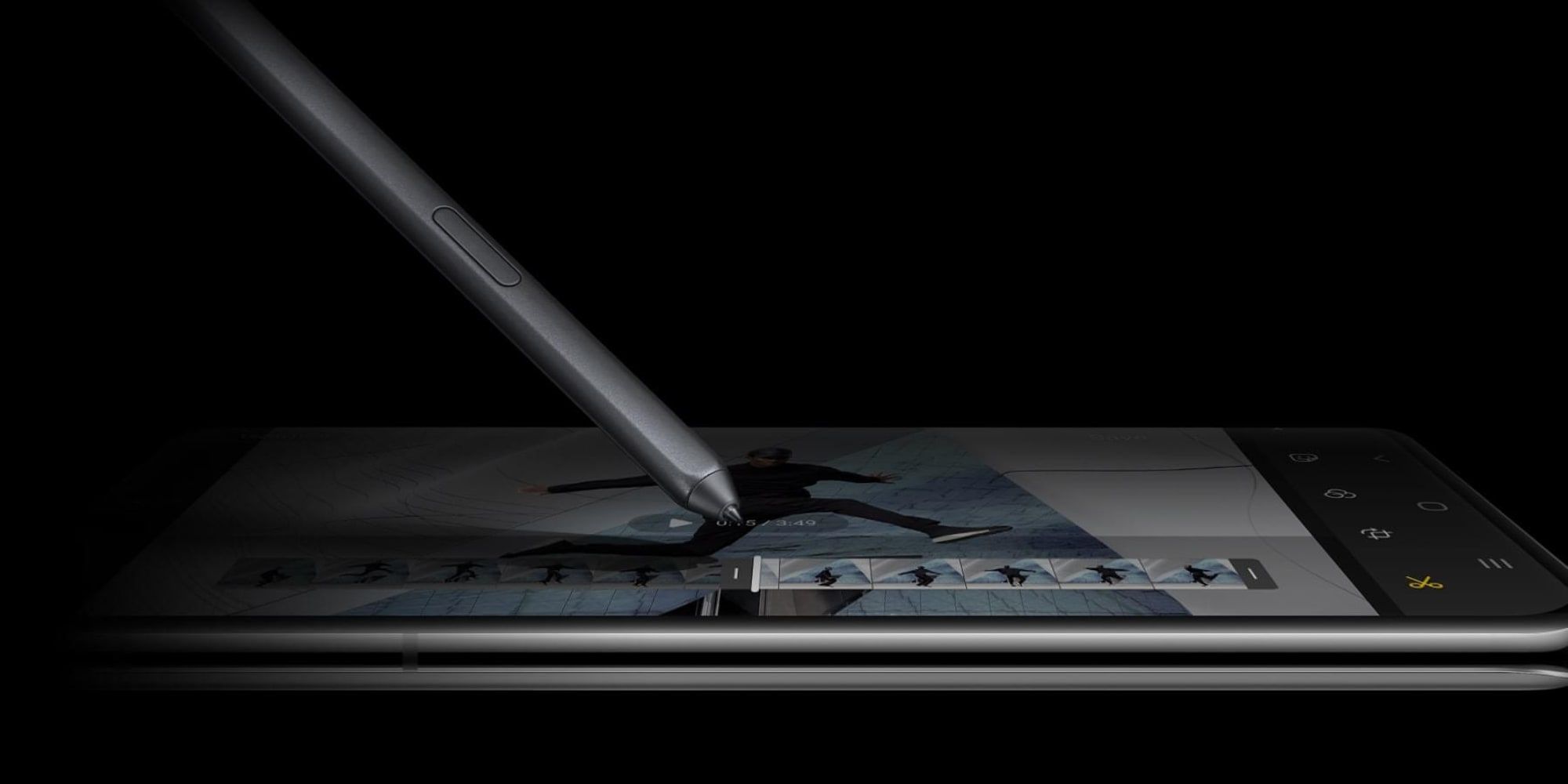The Samsung Galaxy S21 series is now official and with confirmed specs, clearer comparisons can be made with other phones, including the screen differences with the Galaxy S20 series. Although upgrades in various departments are to be expected each year, the standard and Plus Galaxy S21 models have also seen a couple of screen changes that some might consider to be a downgrade.
Samsung announced the Galaxy S21 series during a special Unpacked event on January 14. In total there are three new phones to choose from: standard, Plus and Ultra. This is no different to the 2020 Galaxy S20 lineup which also came with the same three models. Although, a ‘fan favorite’ Galaxy S20 FE version was also released later in the same year. One of the major differences between the 2020 and 2021 Galaxy S models is the newer phones have arrived at a cheaper price.
When it comes to the screen sizes, there are not many differences between the Galaxy S21 and Galaxy S20 series. For example, the standard Galaxy S21 and Galaxy S20 5G come with a 6.2-inch Dynamic AMOLED 2X Infinity-O Display. Likewise, the Galaxy S21+ and S20+ both come loaded with a 6.7-inch Dynamic AMOLED 2X Infinity-O Display. However, in both the standard and Plus cases, the newer models feature an FHD+ (2400 × 1080) resolution compared to the Quad HD+ (3200 x 1440) available on last year’s models.
When it comes to the Ultra versions, there is actually a difference in size, albeit not much. While the Galaxy S20 Ultra 5G featured a 6.9-inch Quad HD+ Dynamic AMOLED 2X Infinity-O Display with a 3200 x 1440 resolution and 511 ppi, the Galaxy S21 Ultra comes equipped with a 6.8-inch Edge QHD+ Dynamic AMOLED 2X Infinity-O Display with a 3200 × 1440 resolution and 515 ppi. Another notable change with Samsung's premium phone is the Galaxy S21 Ultra's peak brightness comes in at 1,500 nits. This results in a 25-percent brighter screen compared to the Galaxy S20 Ultra, according to Samsung.
Galaxy S21 Refresh Rate Explained
One of the most notably differences with the newer Galaxy S21 series is the Ultra’s refresh rate. Technically, the Galaxy S20 series was able to utilize a 120Hz mode, but this came at the expense of the resolution, with users having to either choose between 120Hz or QHD. That's no longer an issue with the option to enable 120Hz and QHD at the same time. Of course, and although 120Hz support is available across the entire Galaxy S21 series, the standard and Plus models cap the resolution at Full HD+, making the QHD and 120Hz enabled together option only really applicable to the Ultra model.
There are some other points to note about the refresh rate. For starters, all of the Galaxy S21 series phones are capable of automatically adjusting the frame rate to match the situation. For example, when switching from web browsing to gaming. This not only makes it easier for the user to get the best experience for the task at hand, but it should also help with conserving battery. In addition, the range is greater on the Ultra model with the phone able to adapt between 10 and 120Hz. In contrast, both the standard and Plus Galaxy S21 phones are limited to between 48 and 120Hz. Lastly, all three Galaxy 21 phones employ Samsung's new 'Eye Comfort Shield' feature to automatically adjust the blue light, based on the time of day, content, and so on.


